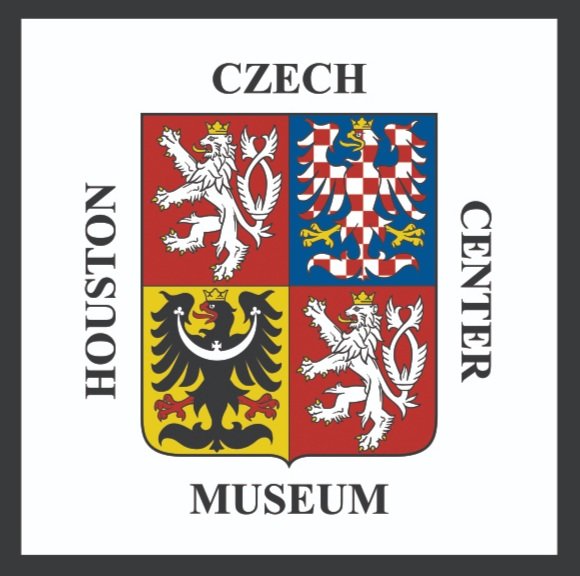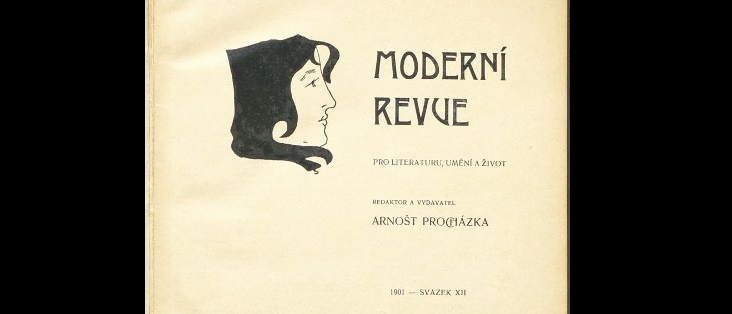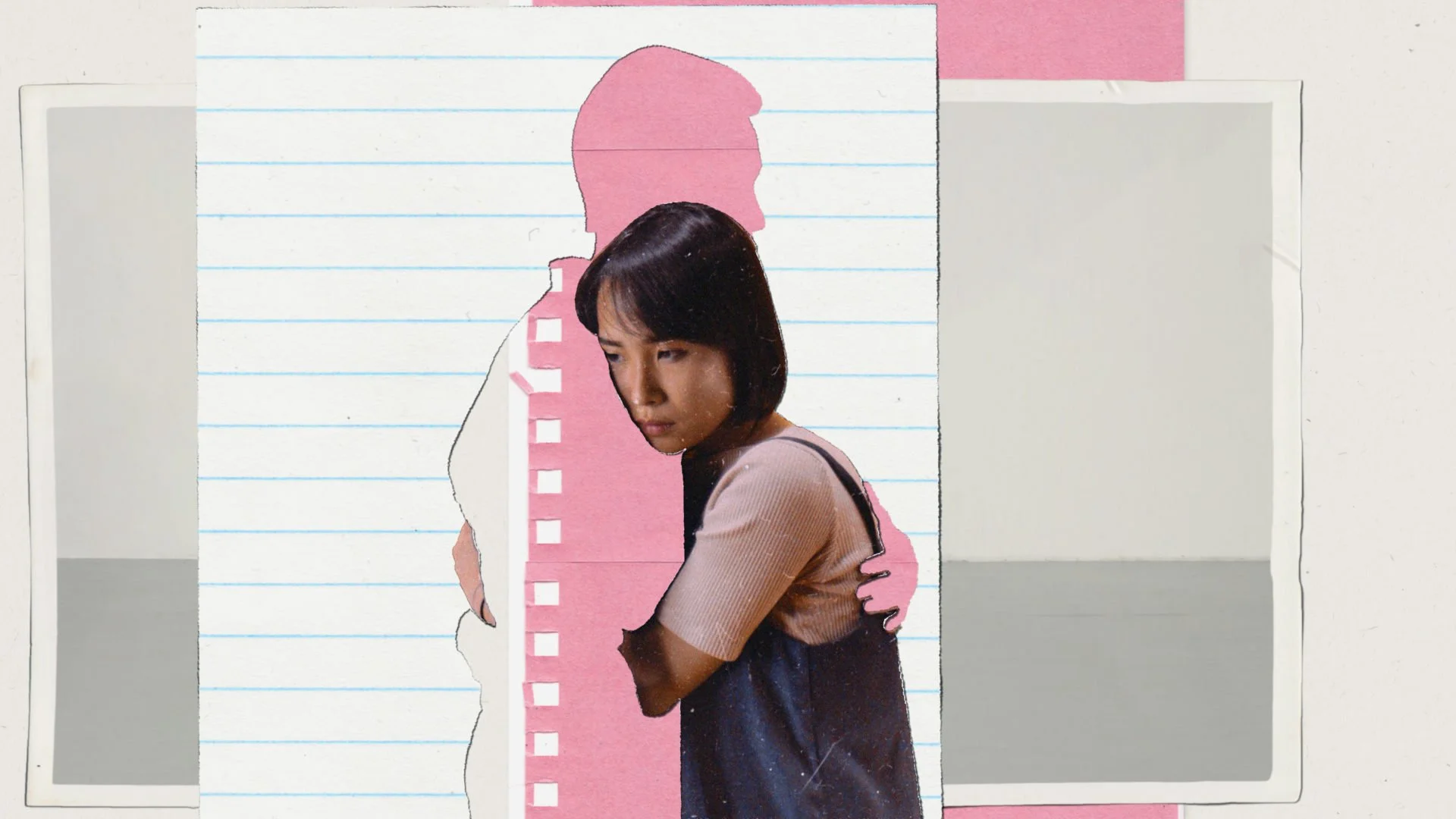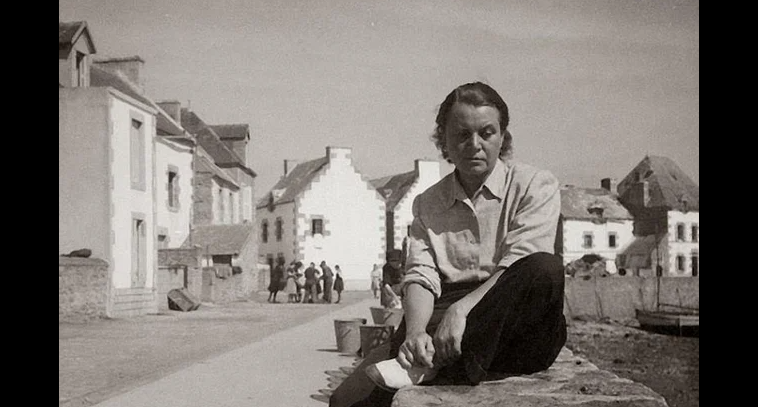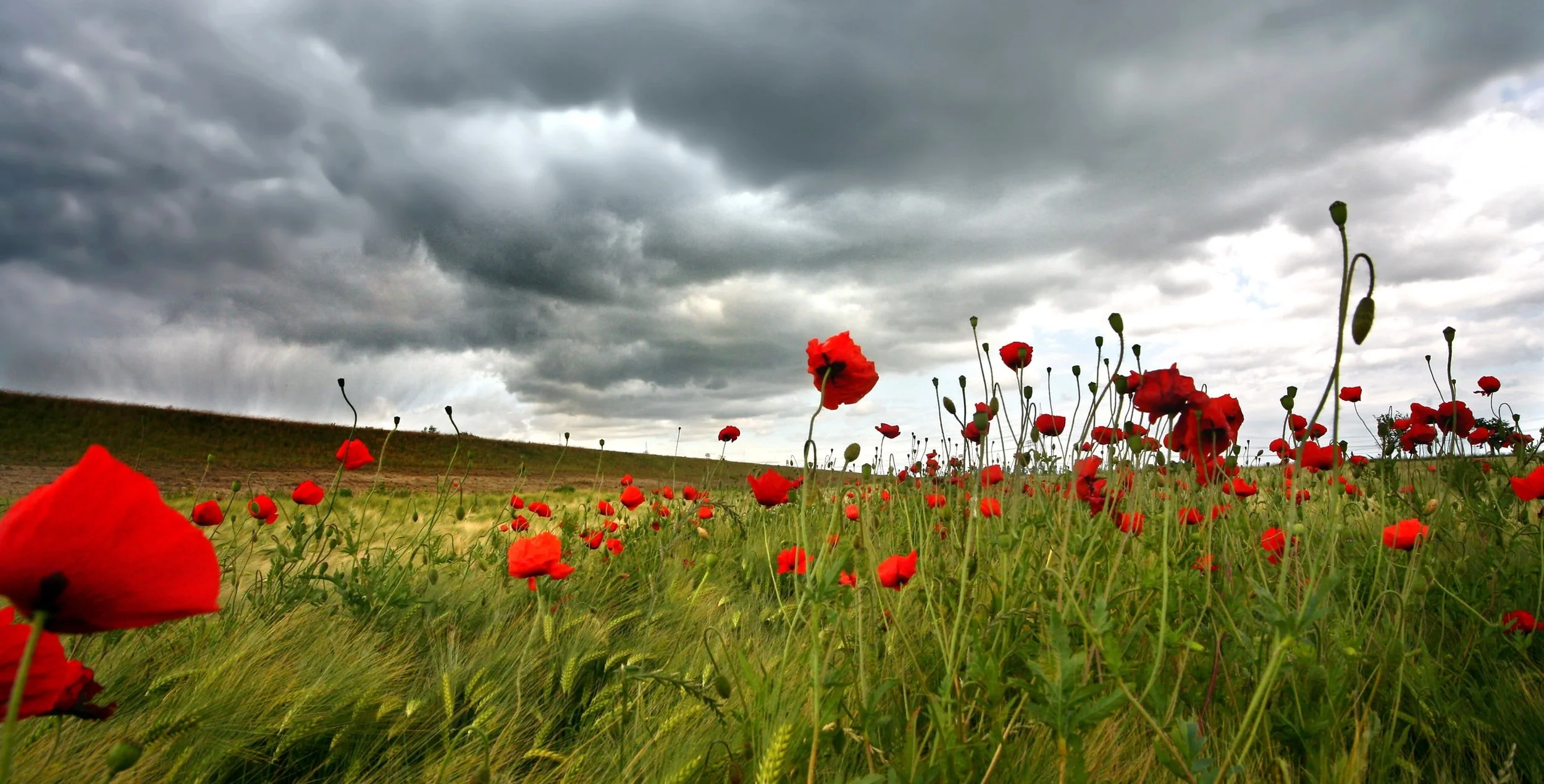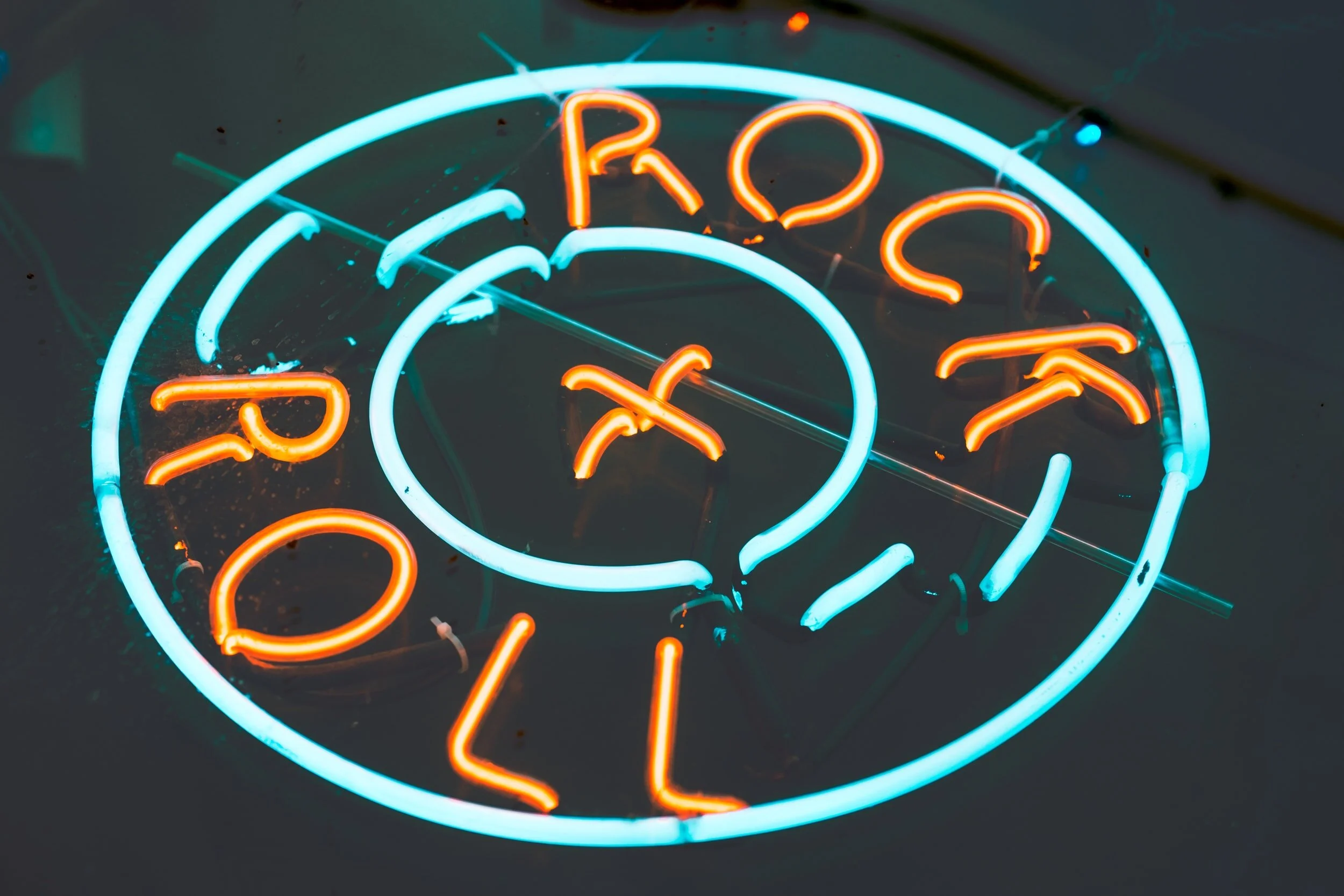In this blog, various traditional Czech and Slovakian soups are presented. All the soups are hearty and interesting, suiting people with different tastes. The author personally recommends the Kuřecà vývar!
St Wenceslas, Patron Saint of Bohemia
St Wenceslas Day, which honors Duke of Bohemia Wenceslas I, is celebrated on September 28th in the Czech Republic. His story begins with his Christian grandmother Ludmila, having been raised by her up to the time Wenceslas I's mother, Drahomira, had Ludmila assassinated to become Queen Regent. After regaining the throne from his mother, Wenceslas continued to reign for 14 years until his death.
Impacting the Arts
There are several Czech artists who have and continue to influence the world, and four of them are highlighted in this article. These artists are Jiri Trnka, Anna Daucikova, Libuse Jarcovjakova, and Yemi AD. From film to painting, glassblowing to photograph, and performance to dance, these artists present a variety of expressions that have influenced the world.
A Scalpel, Two Annas, and a Glass Ceiling
This article describes the lives of two Annas, Bayerova and Honzakova, who pursued medicine during the era of women's suffrage. Both doctors faced obstacles to their passions, but prevailed, such as Anna Bayerova graduating from the University of Bern due to being unable to receive her degree in Czechoslovakia. Anna Honzakova had an easier time pursuing medicine but was initially refused participation in her exit exam until the University of Prague relented.
Great Moravia: Mojmir I and Rostislav (830-870)
After the death of Samo, there was uncertainty about the Czech and Moravian lands, but after the rise of Charlamange of the Frankish Kingdom, Moravians were able to recover. The princes of Moravia consolidated their power, and one in particular Mojmir I, rose beyond tribal institutions to establish Great Moravia. After Mojmir I's deposition, his nephew Rostislav became Louis the German's loyal vassal. In secret, however, Rostislav had ambitions beyond this.
Jiřà °˛ą°ůá˛ő±đ°ě: Czech Decadence Writer (1871-1951)
Jiřà °˛ą°ůá˛ő±đ°ě ze Lvovic was a unique individual, whose name is even somewhat unique. He was fascinated with death as a child and the occult as an adult. He wrote poetry and critique, collected art and co-founded a magazine, the Moderni Revue. When homosexuality was illegal in Czechoslovakia, he was openly gay and was an activist in the LGBT community of the time.
Assassination of Reinhard Heydrich
"The Butcher of Prague" Reinhard Heydrich established himself as a ruthless authority among the Nazis, terrorizing Eastern Europe. Czechoslovakian president Eduardo Bene ordered a team of assassins to kill Heydrich. These assassins were Josef Gabcik, a former blacksmith and locksmith, and Jan Kubis, both of whom rose up the ranks in the Czech military. Of course there were others, 7, in fact, and if they were successful is written.
Jana ±·´Ç±ą´ÇłŮ˛Ôá: Czech Tennis Champion (1968-2017)
Love, Dad
Diana Cam Van Nguyen, up-and-coming Vietnamese-Czech animation director, debuts her animated documentary, "Love, Dad." It centers around an exchange of letters between a daughter and her father. In her film, several animation techniques are used in a fitting manner. Her future as a filmmaker is only beginning, but she's already made international waves!
The Czech Flag: A Century of Waving
Inspired by the American holiday, many nations in the world celebrate Flag Day, including Czechia. Before Czechia, there was Czechoslovakia, whose flag, created in 1918, featured 2 horizontal stripes, white on the top and red on the bottom. The flag changed to include a blue wedge from the left and has remained this way since, including after the separation of Czechoslovakia into the Czech Republic and Slovakia.
Toyen: Czech Surrealist Artist (1902-1980)
Toyen, born Marie ÄŚ±đ°ůłľĂ˛Ô´Ç±ąĂˇ, was a foundational Czech Surrealist artist who explored gender expression. In her early days, she traveled to Paris where she promoted a poetry-inspired art style called "Artificialism." Her own art explored gender, politics, and eroticism, which challenged viewers. After the Communist takeover of Czechoslovakia, Toyen lived in Paris, creating new, expressive pieces, for the rest of her life.
Pride, Country, and a Balance Beam
VÄ›ra Čá˛ő±ô˛ą±ą˛ő°ěá was a Czechoslovakian Olympian gymnast, born in May 3, 1942 and raised in Prague. Her sense of pride came from more than her sport, as it centered around her love for Czechoslovakia and her people, such that she signed the Two Thousand Words manifesto during Prague Spring. Even through possible persecution she continued to train for the Olympics. After the Olympics, the persecution continued, but she remained resolute though her life, earning her the love of the Czechoslovakian people.
Mother's Day in Czechia: Charlotte Masaryk
Through history, celebrating Mother’s Day in the Czech Republic was more complicated than one could imagine. It begins with the wife of Tomas Masaryk, Charlotte, who fought for women’s rights and taught her daughter, Alice Masarykova, to do the same. After her mother’s death, Alice established Mother’s Day in 1923. The complications of Mother’s Day lasted for a long time, into Czechoslovakia’s Communist occupation.
An Army with No Country: A Siberian Odyssey
It’s the First World War, and the Czechoslovaks got to get their soldiers from Ukraine to France, but without going through a Central Powers country or a sea without enemy ships. What do they do? Naturally, they go East: fight through the Bolsheviks, take over the Russian railway network, capture most of Siberia, and reach Vladivostok before the ships arrive to get you home. All this while losing less than 10% of your men over three years of fighting. It might sound crazy, but this is just the 2nd part to the story of the Czechoslovak Legion.
An Army with No Country: The Czechoslovak Legion in Europe
They were men without their own country, living split up among not one, but two mighty empires. When the Great War came and those empires began to crumble, those men took up arms in the struggle, and fought so that one day they too would have their own nation. These were the men of the Czechoslovak Legions.
Current Events in the Czech Republic
Miloš Zeman is the current president of the Czech Republic, recently checked into a hospital for chronic health conditions. Due to the unfortunate circumstances facing the president, both houses of Parliament would need to discuss and pass a clause that allows lower officials to carry out presidential duties.
Rock Music in Czechoslovakia
The history on rock music in Czechoslovakia begins with its introduction in the early 1950s, beginning apolitically. By 1968, the apolitical aspect changed, in response to the 1968 Soviet bloc invasion, causing rock music to finally rebel and criticize the government, through satire and cryptic messaging, as the lyrics and content of rock songs were monitored.
Czechoslovakia and their only naval battle
Despite being a landlocked nation, Czechoslovakia had a naval army, one which fought a single battle. This singular battle took place on Lake Baikal in Russia during WWI. Being that Czechoslovakian soldiers fought so far away from their own nation and that they seemed unwelcome in Russia, the situation of their naval military grew more complicated.
Emperor Rudolf II: Prague's Patron of Arts and Science
Rudolf II, leader of the Holy Roman Empire, ruled from 1575-1612. His reign as emperor was nontraditional and he was well known for his patronage of arts and science. Under his rule, alchemists were protected and allowed to experiment and learn, making Prague one of the cultural centers of this scientific discipline. His rule also allowed artists from all over Europe to thrive and flourish, which artists noticed and greatly appreciated.
